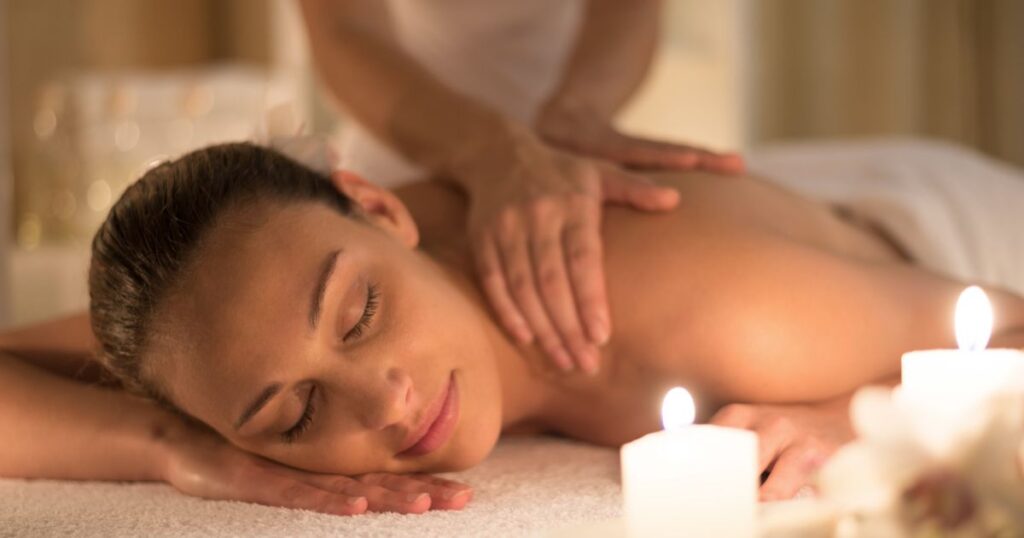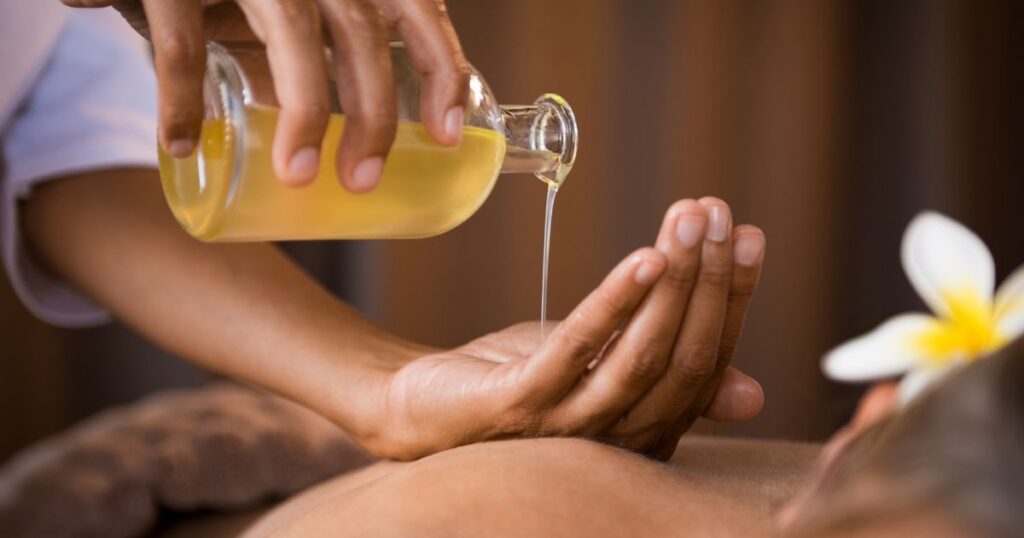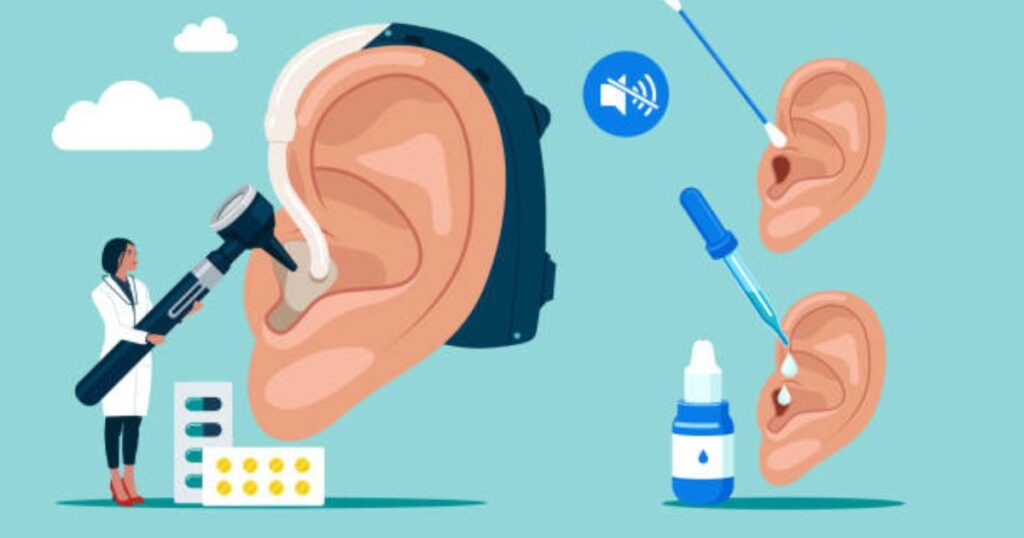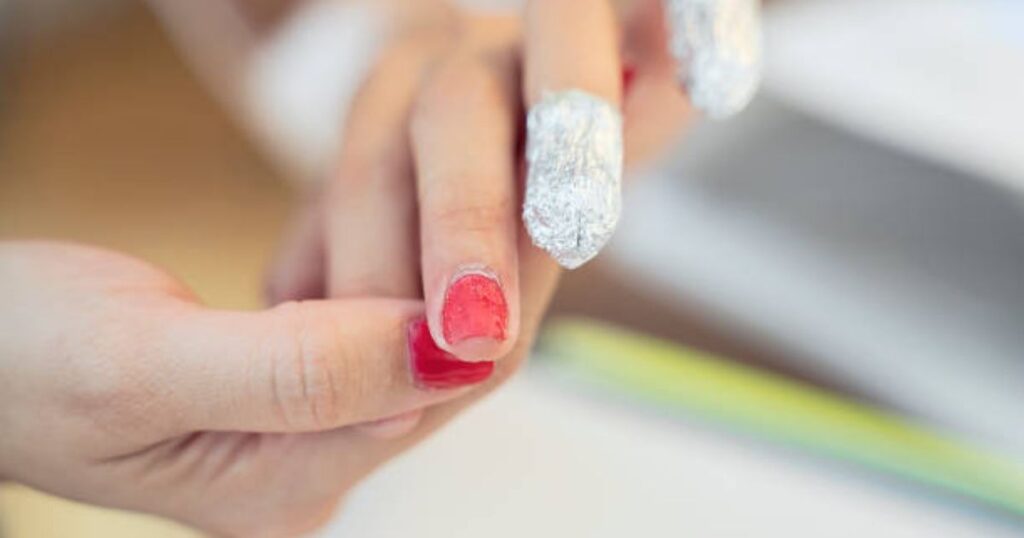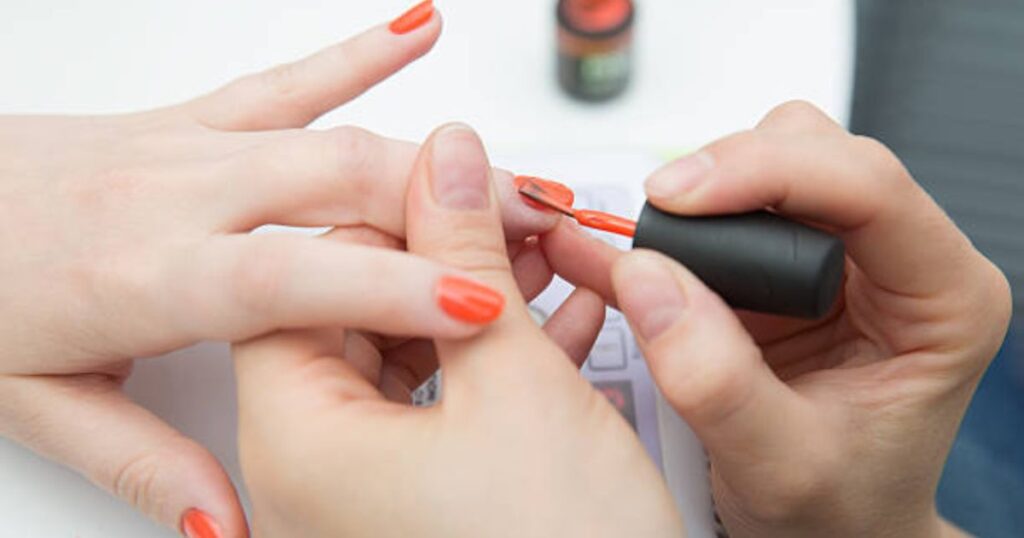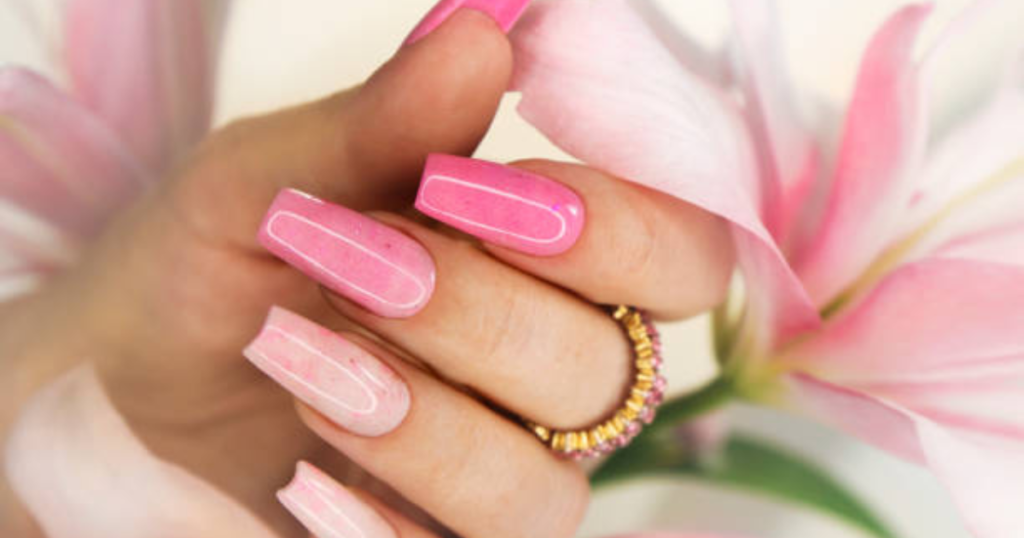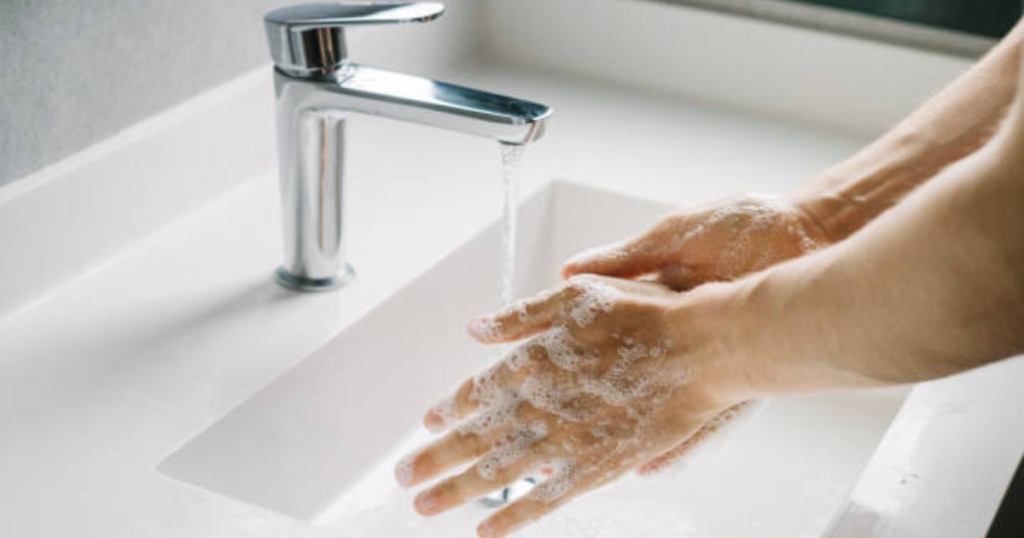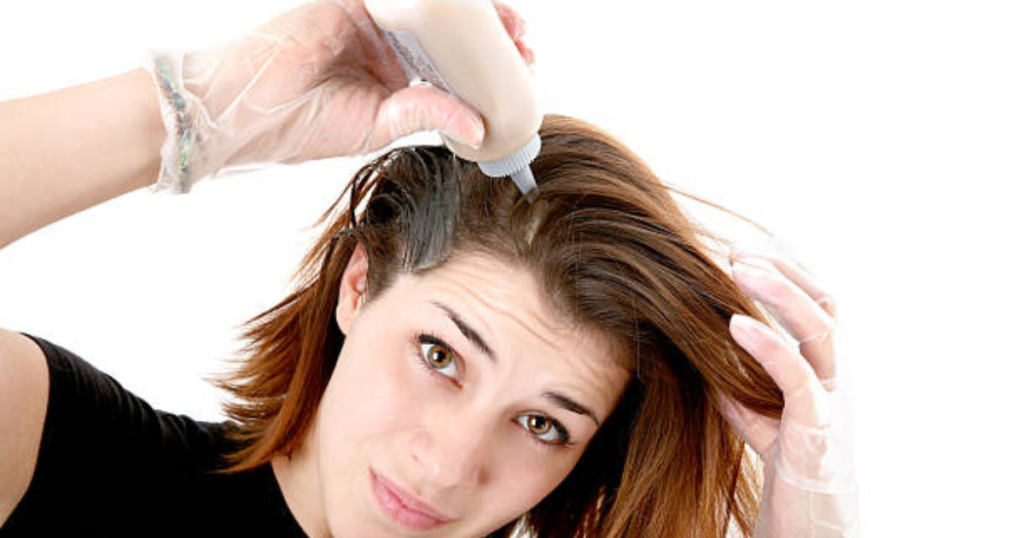Can You Work Out After a Massage?
Exercise and massage are two important pillars of a healthy lifestyle. Both offer a range of physical and mental benefits, but the question often arises: can you work out after a massage? The answer isn’t a simple yes or no. It depends on several factors, including the type of massage you received, your individual fitness level, and the intensity of your planned workout. In this blog post, we’ll delve into everything you need to know about working out after a massage: Understanding the Impact of Massage on Your Body Massage therapy works by manipulating the soft tissues in your body, promoting relaxation, reducing muscle tension, and improving blood circulation. This can have several effects relevant to exercise: Increased flexibility: Massage can help loosen tight muscles and connective tissues, leading to improved flexibility and range of motion. This can benefit your workout by allowing you to move more freely and perform exercises with better form. Reduced muscle soreness: Massage can help break down lactic acid and other metabolic waste products that build up in muscles during exercise, potentially reducing post-workout soreness. Improved circulation: Massage can stimulate blood flow, which can deliver oxygen and nutrients to your muscles more efficiently, potentially enhancing performance and recovery. However, massage can also temporarily leave your muscles feeling softer and more susceptible to injury. Additionally, the relaxation achieved through massage can make it difficult to muster the energy for a strenuous workout. Should You Work Out After Different Types of Massages? The type of massage you receive can influence whether or not you should exercise afterward. Here’s a general guide: Swedish massage: This gentle massage promotes relaxation and improves circulation. Light exercise like walking or gentle stretching is usually safe and beneficial after a Swedish massage. Deep tissue massage: This intense massage targets deeper muscle layers to release tension and knots. It’s advisable to avoid strenuous exercise for at least 24-48 hours after a deep tissue massage to allow your muscles to recover and minimize the risk of injury. Sports massage: This massage focuses on specific muscle groups used in your chosen sport. It can be beneficial to get a sports massage before or after a workout, depending on your training plan. Consult your massage therapist for personalized advice. Trigger point massage: This massage targets specific trigger points that can cause referred pain. While light exercise is usually okay, avoid working out the muscle groups directly related to the treated trigger points. Pre-natal massage: This massage is specifically designed for pregnant women and focuses on relieving pregnancy-related discomforts. Consult your doctor before engaging in any strenuous exercise after a pre-natal massage. Tips for Optimal Experience: Here are some tips to help you maximize the benefits of both massage and exercise: Listen to your body: Pay attention to how you feel after your massage. If you’re feeling sore or fatigued, opt for light activity or rest instead of a strenuous workout. Hydrate: Drink plenty of water before, during, and after your massage and workout to stay hydrated and aid muscle recovery. Fuel your body: Eat a healthy snack before or after your workout to provide your muscles with the energy they need. Warm up and cool down: Properly warm up before your workout and cool down afterward to prepare your muscles and minimize the risk of injury. Communicate with your professionals: Consult your massage therapist and doctor if you have any concerns about working out after a massage, especially if you have any pre-existing injuries or health conditions. Read Also: FAQs: Can I lift weights after a massage? It’s generally best to avoid heavy weightlifting for at least 24 hours after a deep tissue massage or any other intense massage. You can consider lighter weights or bodyweight exercises instead. Can I run after a massage? Running after a Swedish massage or other light massage is usually okay, but consult your massage therapist if you have any doubts. It’s best to avoid running after a deep tissue massage or any other intense massage to minimize the risk of injury. How long should I wait to work out after a massage? The ideal waiting time depends on the type of massage you received. For most massages, wait at least 24 hours before engaging in strenuous exercise. Lighter activities like walking or gentle stretching are usually okay sooner. Can I shower after a massage? Yes, you can shower after a massage. However, it’s best to wait for at least 30 minutes to allow the oils and products used during the massage to be absorbed into your skin. Should I get a massage before or after a workout? The answer depends on your goals. If you’re looking to improve flexibility Conclusion: Finding the Balance Between Massage and Exercise As we’ve seen, the relationship between massage and exercise requires a nuanced approach. Understanding the impact of different types of massage on your body, along with your individual needs and fitness level, is crucial for making informed decisions about whether or not to exercise afterward. Following the tips and recommendations provided in this blog post can help you optimize your experience and reap the full benefits of both massage and exercise. Remember, listening to your body and seeking professional advice when necessary are key to achieving and maintaining a healthy and balanced lifestyle. By incorporating both massage and exercise into your routine, you can unlock a wealth of physical and mental well-being. Enjoy the journey!

